Papaverine Hcl POWDER
Product Details:
- Loss on Drying Usually not more than 0.5% to 1.0% (w/w) as per pharmacopeial standards
- HS Code 29419090
- Molecular Formula C H NO HCl
- Melting Point 147 149 C (with decomposition)
- Solubility Freely soluble approximately 2 mg/mL or higher at room temperature due to its hydrochloride salt form.
- Heavy Metal (%) Typically, not more than 20 parts per million (ppm) (0.002%) according to pharmacopeial standards (USP, EP, BP).
- Boiling point 135 C
- Click to View more
Papaverine Hcl POWDER Price And Quantity
- 1450.0 INR/Gram
- 1 Gram
Papaverine Hcl POWDER Product Specifications
- White to off-white
- Usually not more than 0.5% to 1.0% (w/w) as per pharmacopeial standards
- Blood System Agents
- C H NO HCl
- 98.0% to 101.0% (on dried basis)
- 29419090
- 375.85 Kilograms (kg)
- Medicine Grade
- Pavabid, Papacon, and Pavagen.
- 10 to 100 microns ( m)
- 61-25-6
- 4.0 to 5.5
- Freely soluble approximately 2 mg/mL or higher at room temperature due to its hydrochloride salt form.
- No Smell
- Bitter
- 147 149 C (with decomposition)
- Typically, not more than 20 parts per million (ppm) (0.002%) according to pharmacopeial standards (USP, EP, BP).
- Papaverine belongs to the group of medicines called vasodilators. Vasodilators cause blood vessels to expand, thereby increasing blood flow. This medicine is used to treat problems resulting from poor blood circulation.
- Room Temperature
- 3 Years
- 1-[(3,4-Dimethoxyphenyl)methyl]-6,7-dimethoxyisoquinoline hydrochloride
- 200-502-8
- 135 C
- Powder
Papaverine Hcl POWDER Trade Information
- Mumbai Port
- Cash Against Delivery (CAD), Cash Advance (CA), Cash in Advance (CID), Delivery Point (DP), Letter of Credit at Sight (Sight L/C), Letter of Credit (L/C)
- 100 Gram Per Day
- 7 Days
- No
- Free samples are available
- Drum Packing
- North America, South America, Eastern Europe, Western Europe, Middle East, Africa, Australia, Central America, Asia
- WE PROVIDES ALL KIND OF CERTIFICATIONS AS YOU REQUIRED
Product Description
Papaverine Hydrochloride Properties:
- CAS Number: 61-25-6
- Chemical Name: PAPAVERINE HYDROCHLORIDE; 61-25-6; Cardiospan; Cardoverina; Forpavin; Myobid
- Molecular Formula: C20H22ClNO4
- Molecular Weight: 375.849 g/mol
- EINECS: 200-502-1
- Melting Point: 226 C (dec.)
- Boiling Point: 483.2 C at 760 mmHg
- Flash Point: 172.2 C
- Solubility: freely soluble in water
- Appearance: Crystalline solid
1. General Information:
-
Name: Papaverine Hydrochloride
-
Common Form: Fine crystalline powder
-
Chemical Formula: C20H21NO4HCl
-
Molecular Weight: 375.85 g/mol
-
CAS Number: 61-25-6
-
ATC Code: C04AD01
2. Physical and Chemical Properties:
-
Appearance: White to off-white crystalline powder
-
Solubility:
-
Freely soluble in water
-
Soluble in alcohol and chloroform
-
Practically insoluble in ether
-
-
Odor: Odorless
-
Taste: Slightly bitter
-
pH (1% solution): Typically 4.0 5.5
-
Melting Point: Around 147149C (decomposes)
3. Pharmacological Classification:
-
Drug Class: Vasodilator, specifically a non-narcotic opium alkaloid
-
Therapeutic Use:
-
Used primarily as a smooth muscle relaxant
-
Treats vasospasms, especially cerebral and peripheral vasospasms
-
Used in erectile dysfunction therapies (often in injectable form)
-
4. Mechanism of Action:
Papaverine works by inhibiting phosphodiesterase enzymes, particularly PDE10A, leading to an increase in cyclic AMP (cAMP) and cyclic GMP (cGMP) levels within smooth muscle cells. This results in smooth muscle relaxation, especially in vascular tissues, causing vasodilation and improved blood flow.
5. Applications:
-
Medical:
-
Cerebral vasospasm (post subarachnoid hemorrhage)
-
Peripheral vascular diseases
-
Visceral spasm-related conditions (e.g., gastrointestinal or biliary colic)
-
-
Research:
-
Used in pharmacological studies on PDE inhibition
-
Studied for its effect on cellular signaling pathways
-
-
Compounding:
-
May be used to formulate injectable solutions or capsules in pharmaceutical compounding
-
6. Storage and Stability:
-
Storage Conditions:
-
Store in a tightly closed container
-
Keep in a cool, dry, and well-ventilated area
-
Protect from light and moisture
-
-
Shelf Life: Usually stable for 23 years under proper conditions
7. Handling and Safety:
-
Precautions:
-
Avoid inhalation and contact with skin or eyes
-
Use appropriate personal protective equipment (PPE)
-
-
Toxicity:
-
May cause hypotension, dizziness, gastrointestinal discomfort in case of overdose
-
-
First Aid:
-
Inhalation: Move to fresh air, seek medical attention
-
Skin Contact: Wash with soap and water
-
Eye Contact: Rinse thoroughly with water and seek medical help
-
Ingestion: Seek immediate medical assistance
-
8. Regulatory Status:
-
Prescription Drug: Regulated as a prescription-only medication in many countries
-
Controlled Substance: Not classified as a controlled substance in most jurisdictions
-
Regulatory Agencies: FDA (USA), EMA (Europe), CDSCO (India), etc.

Price:
- 50
- 100
- 200
- 250
- 500
- 1000+

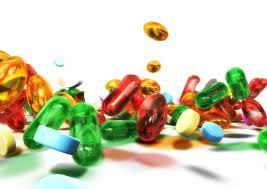
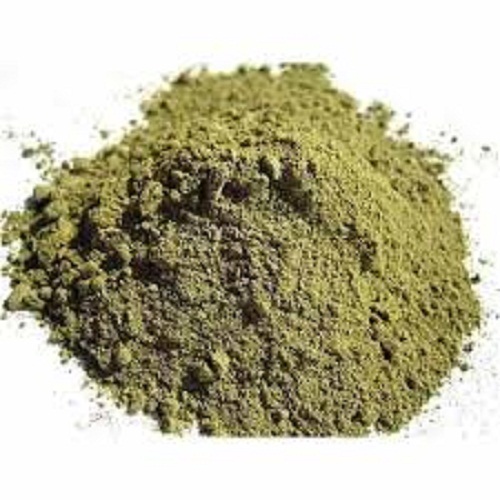
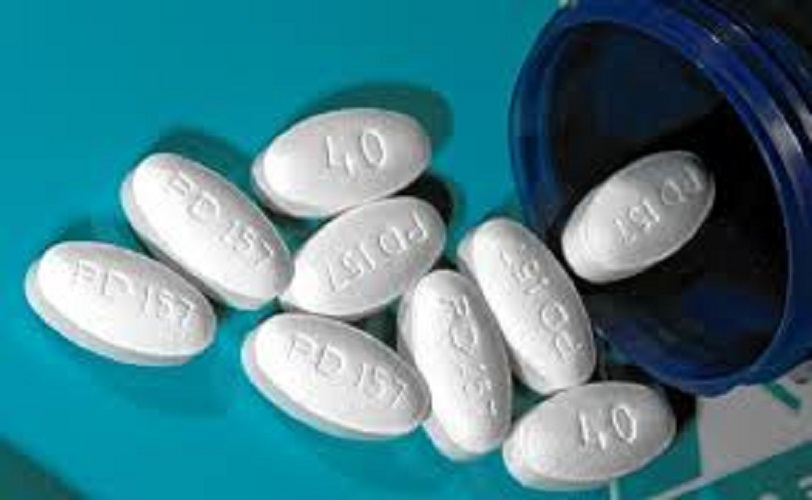
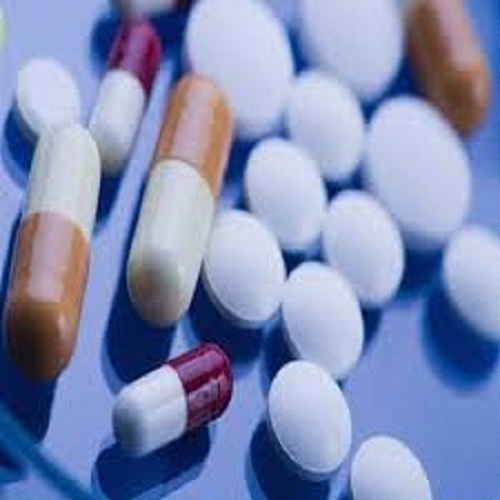
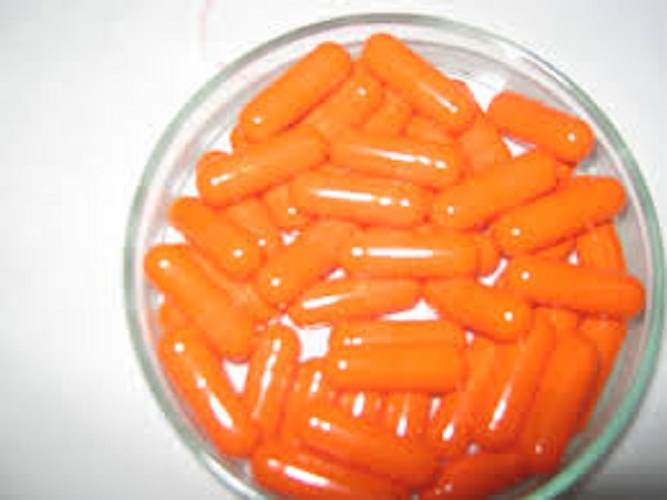
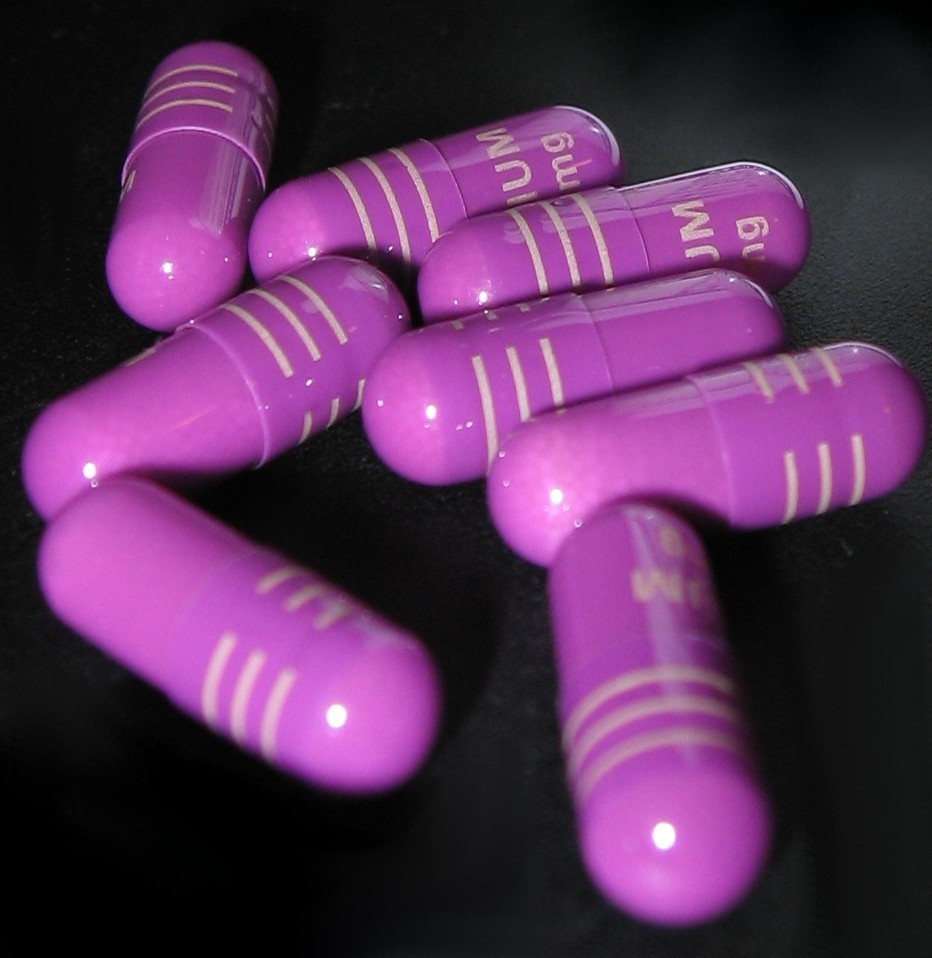







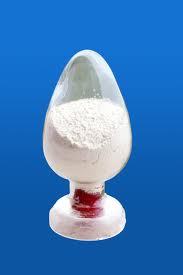
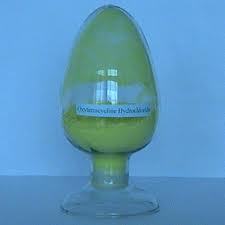
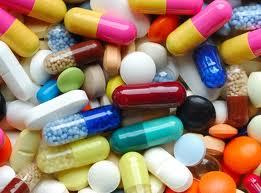
 : nilesh.sheth70
: nilesh.sheth70
